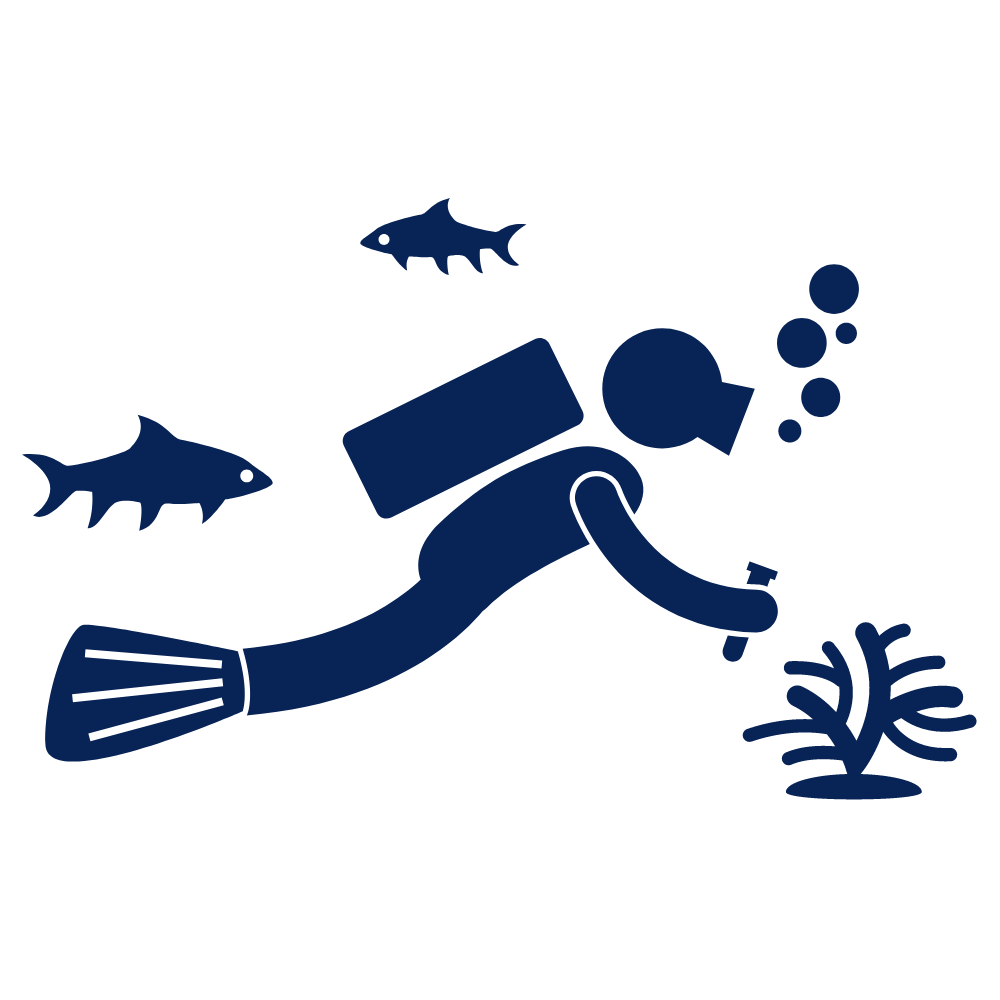Posted by admin | 09.19.2011 | Conservation, Marine Science, Turtle Talk
Loggerhead Listings: Divide and Conquer
There was a significant change to loggerhead sea turtle listings this past Friday. No longer will all loggerheads be listed as a single, globally threatened species, instead they will be divided into numerous Distinct Population Segments. National Oceanic and Atmospheric (NOAA) Fisheries along with the US Fish and Wildlife Service have established nine populations around the world, each with its own designation. The population segments are listed below with their corresponding designations.
| Endangered | Threatened |
| Northeast Atlantic | Southeast Indo-Pacific |
| Mediterranean Sea | Northwest Atlantic |
| North Indian | South Atlantic |
| North Pacific | Southwest Indian |
| South Pacific |
 The movement for re-listing began in 2007 with a petition to change the listing of the North Pacific population to endangered. Prior to this, the 1978 listing of loggerheads as threatened had been the standard. The Northwest Atlantic region filed a petition shortly after. This growing movement led the National Marine Fisheries Service to perform a status review of the global loggerhead population and eventually culminated with the recent decision.
The movement for re-listing began in 2007 with a petition to change the listing of the North Pacific population to endangered. Prior to this, the 1978 listing of loggerheads as threatened had been the standard. The Northwest Atlantic region filed a petition shortly after. This growing movement led the National Marine Fisheries Service to perform a status review of the global loggerhead population and eventually culminated with the recent decision.
NOAA and US F&W hope that by defining these areas, sea turtle conservationists can focus their efforts and therefore respond to changing conditions more effectively. In determining the different population segments the Services relied on peer review, nesting data, public comments, and other analyses to inform their listings. While the map of loggerhead sea turtle conservation may have changed substantially, conservation efforts by NOAA Fisheries and US F&W will not be diminished.
Conservation of a migratory species, like sea turtles, is inherently challenging. Protection may be afforded in waters off of one country, but absent in its neighbor. Also since sea turtles are able to migrate great distances, they will encounter different threats and obstacles that localized conservation efforts cannot mitigate. Hopefully the recent change in listings can address some of these challenges, so that regardless of where loggerheads swim, they will have a safer future.



 Marine Bio
Marine Bio SCUBA
SCUBA Travel
Travel School Groups
School Groups Sign Up
Sign Up CONTACT
CONTACT CAMPS
CAMPS ABOUT
ABOUT